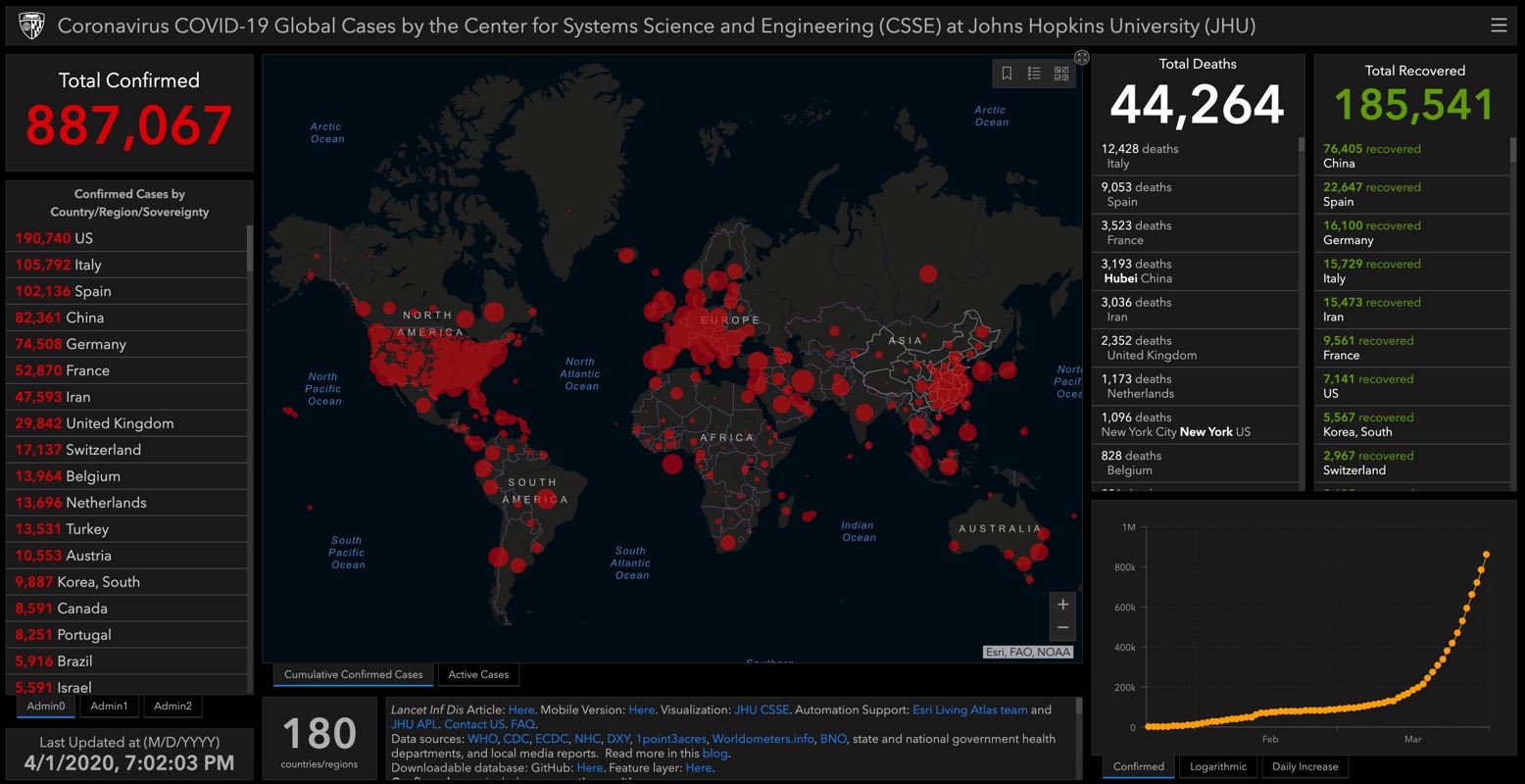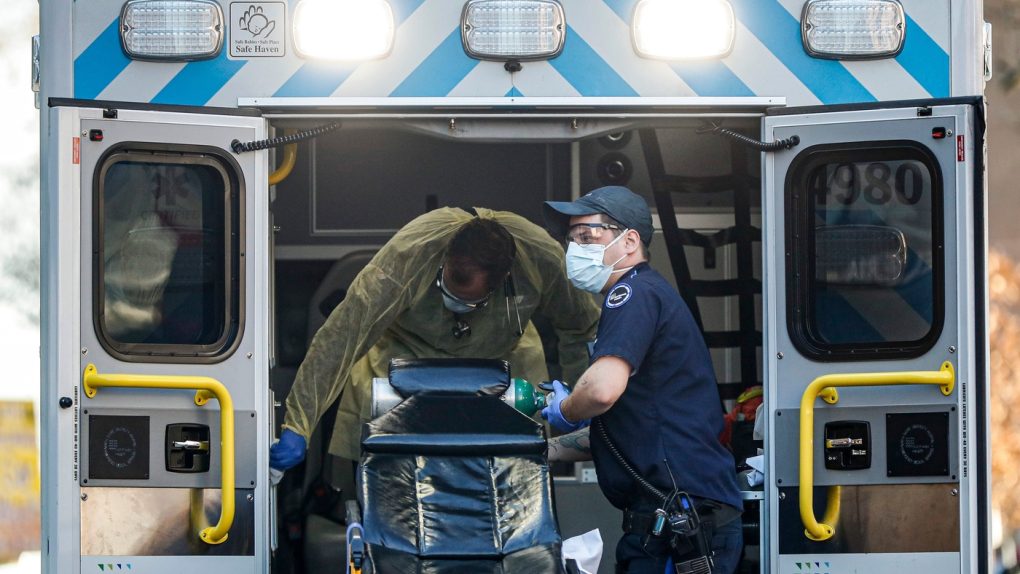- Not all the patients fighting off an infection of the novel coronavirus will be admitted to hospitals, as many cases show mild-to-moderate symptoms that can be treated at home.
- The guidelines for leaving isolation, however, can differ, ranging from three days to 14 days after symptoms disappear.
- Studies have shown that patients can still be contagious after symptoms subside, so isolation might be required to prevent COVID-19 transmission.
- Visit BGR’s homepage for more stories.
As of Wednesday afternoon, the world had more than 655,000 active COVID-19 cases. More than 185,000 people have beat the disease, while the novel coronavirus has killed more than 44,000 people. This brings the grand total to nearly 900,000 cases, with the US accounting for nearly 200,000 of them. These figures will continue to rise in the coming weeks, and it could be months until the world can declare the pandemic over.
If you’re infected but aren’t fighting for your life attached to machines in a hospital, you’re one of the lucky ones. Most people show no symptoms or only experience mild ones. With medical systems overloaded by coronavirus patients right now, milder cases will be treated at home. But even if the novel coronavirus infection is annihilated by your immune system, your fight isn’t over. You won’t be able to come out of isolation the minute you start feeling better. And you might be advised to wait anywhere from three days to two weeks before you can stop self-isolating.
If a test is available…
If you suspect you have COVID-19, get a test. But if you have a mild case, you might not qualify for testing, as they are limited. You really don’t need a test to tell you that you’ve been infected if you’re experiencing symptoms, as you should take precautions as if you do have it regardless. Isolate yourself from others, avoid going out, and contact a doctor as soon as possible to get advice on what to do next.
If your overall condition doesn’t worsen, you might not be tested anytime soon. If you do get the test, two consecutive negative tests performed 24 hours apart should clear you.

What if there’s no test available?
Let’s say that you think you had a mild COVID-19 case, or someone in your household did, and you want to know how much longer you need to stay away from other people. You’ll probably receive advice from your doctor, which will be based on CDC or WHO guidelines. Here’s what the Centers for Disease Control and Prevention (CDC) has to say about exiting isolation if you haven’t been tested:
- You have had no fever for at least 72 hours (that is three full days of no fever without the use medicine that reduces fevers) AND
- Other symptoms have improved (for example, when your cough or shortness of breath have improved) AND
- At least 7 days have passed since your symptoms first appeared
The World Health Organization (WHO) has a different recommendation which may sound even stricter:
Where testing is not possible, WHO recommends that confirmed patients remain isolated for an additional two weeks after symptoms resolve.
Prepare to spend anywhere from three days to 14 days in isolation after your symptoms subside. Why? Well, the fact is that we just don’t know when a COVID-19 survivor stops being contagious.

The studies
Obviously, the CDC and WHO have good reason to make those particular recommendations. But researchers continue to study COVID-19 patients to improve treatments.
One such study says that patients who aren’t showing any symptoms continued to test positive for up to eight days after the symptoms disappeared. That was a limited study in China in which most of the cases were wild. “COVID-19 patients can be infectious even after their symptomatic recovery, so treat the asymptomatic/recently recovered patients as carefully as symptomatic patients,” the researchers advised the medical community.
Separately, news from China and other COVID-19 hot zones showed that patients who were declared cured after testing negative twice were then placed in isolation after testing positive again. It’s unclear if these patients are still infectious, and some speculate the reason that they tested positive is that they may have been discharged from the hospital too quickly. Test faults could also be to blame for this, and more research is needed to explain patients who test positive after being declared cured.
A different study from China looking at a larger, more diverse cohort that included fatalities said that the median duration of viral shedding (contagiousness) was 20 days in survivors. The longest observed duration was 37 days.
A study from Germany concluded that “early discharge with ensuing home isolation could be chosen for patients who are beyond day 10 of symptoms with less than 100,000 viral RNA copies per ml of sputum” in hospitals that may be under pressure to free up beds. The study also notes that “whereas symptoms mostly waned until the end of the first week, viral RNA remained detectable in throat swabs well into the second week.”
However, these findings apply to patients who were treated in a hospital, under a protocol that might have hastened their recovery. The point remains: If COVID-19 is treated at home and no testing is involved, you should be ready for a longer convalescence. Even if you feel fine and the symptoms are long gone, the best thing you can do for your family and friends is to avoid them for at least another week.
In any case, you should try to confirm that you had a COVID-19 infection if serologic testing is available in your area. There’s always a chance that you had a cold or flu.








